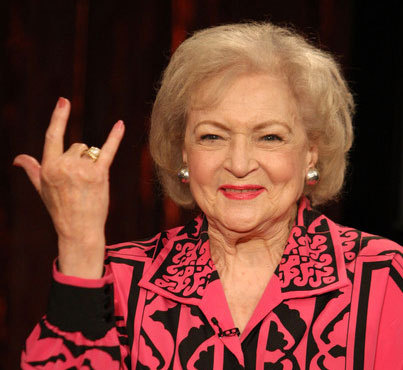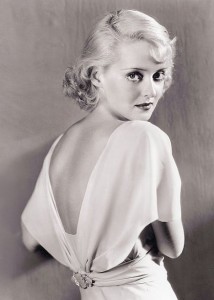One of the notable things about Kibbe’s system is that it lacks the Ingenue category. If you look at the quiz, A answers are Dramatic, B are Natural, C is Classic, E is Romantic, and mixed A and E is Gamine. But he does not mention Ingenue, nor what the D category means, at all. The D answers correlate to the Ingenue answers for systems that do have this category. As someone for whom D answers predominate on the Kibbe test, this is something I have thought about a lot. I have seen D-dominate people be categorized as Soft Dramatic, Soft Natural, Soft Classic, Soft Gamine, and Theatrical Romantic. I am still more or less trying to decide between those five.
What to do with your D, however, is a topic for another day, one I’ll cover when I feel like I’ve figured myself out. What I want to discuss today is how Soft Gamine often gets conflated with Ingenue, and how they are, in fact, not the same, and shouldn’t be used synonymously. Kibbe himself has apparently said that no adult woman should dress as an Ingenue. Many of the modern interpretations of Soft Gamine that you’ll find on Pinterest and Polyvore, however, retain the sort of cuteness and innocence that you’ll find in Ingenue, and many people do, in fact, name their boards or sets “Soft Gamine/Ingenue.”
I think it’s important here to clarify the major difference between Soft Gamine and Ingenue, and that is the amount of yin. In McJimsey’s interpretation, the Ingenue is the polar opposite of Dramatic. In Kibbe, I would say that the polar opposite of Soft Gamine would actually be Dramatic Classic, since it has the opposite ratio of yin/yang and is blended (see my chart here to see what I mean). In Kibbe, Romantic takes the place of being the opposite of Dramatic, so I suppose that if Ingenue were even on the scale, it’d be off-the-charts yin.
Kibbe’s system also does not change with age. In McJimsey, and Carole Jackson’s Color Me Beautiful, a Gamine or an Ingenue will eventually mature into a Classic or a Natural (in a Gamine’s case) or a Romantic (in an Ingenue’s case). I think Kibbe’s system only really works for adult women, and being a Gamine is not something you age out of. Betty White, as a Soft Gamine, is a perfect example of this, I think. At 92, she still has the Gamine joie de vivre:

(Source)
Soft Gamines are yin in size, yin in flesh, slightly yang in bone structure, with yang drive and charisma and yin charm. This is a far cry from McJimsey’s “artless and naive” Ingenue. A Soft Gamine is a force to be reckoned with. While there are some recommendations–peplums, bolero jackets, bouffant skirts–that can apply to both, a Soft Gamine does not need the ruffles and daintiness that an Ingenue does. A Soft Gamine is a grown-ass woman.
There’s a reason why Kibbe’s prime Soft Gamine example is Bette Davis:

(Source)
It’s because Soft Gamines are awesome. So let’s give these Soft Gamine Betty(e)s some respect, and stop confusing “Soft Gamine” and “Ingenue.”